Hello everyone! When you think of spring in Japan, it’s not just about cherry blossoms. There’s also a wealth of delicious food to enjoy. Today, we’ll introduce you to the spring flavors of the Chugoku and Shikoku regions! We’ll highlight one unique ingredient from each prefecture.
Table of Contents
1. Okayama Prefecture – Spring in the Fruit Kingdom
2. Hiroshima Prefecture – Delights from the Sea
3. Yamaguchi Prefecture – Spring Blessings from the Mountains
4. Shimane Prefecture – Bounty of Lake Shinji
5. Tottori Prefecture – Spring Flavors from the Land of Sand Dunes
6. Kagawa Prefecture – King of the Spring Sea
7. Tokushima Prefecture – Spring Classics Found Here
8. Kochi Prefecture – Relishing the First Bonito
9. Ehime Prefecture – Spring Scented with Citrus
10.Conclusion
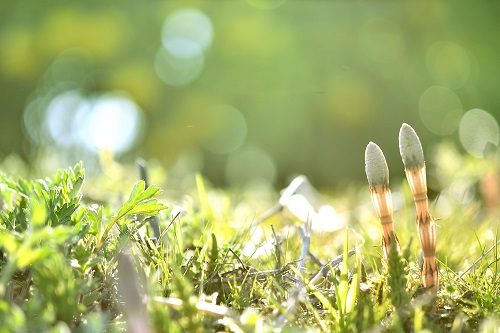
1. Okayama Prefecture – Spring in the Fruit Kingdom
When you think of Okayama, fruit probably comes to mind. In fact, from spring onwards, the famous Muscat grapes start to appear. Okayama’s “Muscat of Alexandria” variety is known for its refreshing acidity, sweetness, and elegant aroma. They start shipping around May. While you can enjoy them in fruit parfaits or tarts, I highly recommend eating them as they are! Be sure to try them at fruit shops or cafes in Okayama.
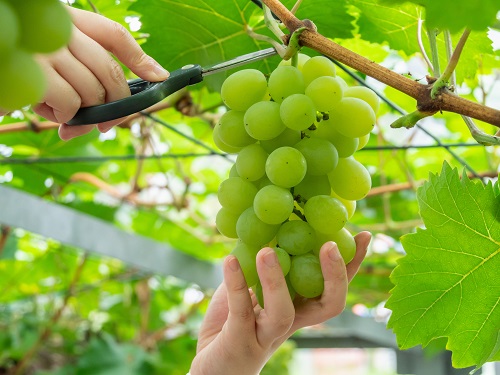
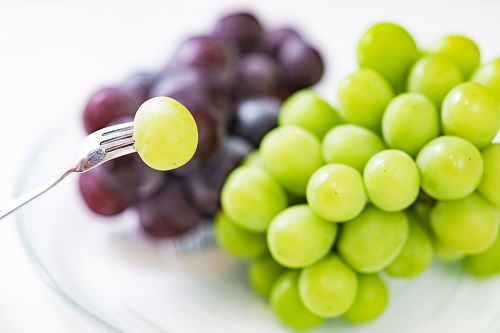
2. Hiroshima Prefecture – Delights from the Sea
When you think of Hiroshima, oysters come to mind! While oysters are often associated with winter, producers unanimously agree that spring oysters are the most delicious. Spring is when oysters reach their peak in nutritional value and umami content, making them incredibly tasty. Hiroshima oysters are large and packed with nutrients. Try them fried or grilled on a teppan, and some restaurants even offer spring-exclusive oyster dishes. Be sure to enjoy fresh oysters at the many restaurants in Miyajima or Hiroshima City.
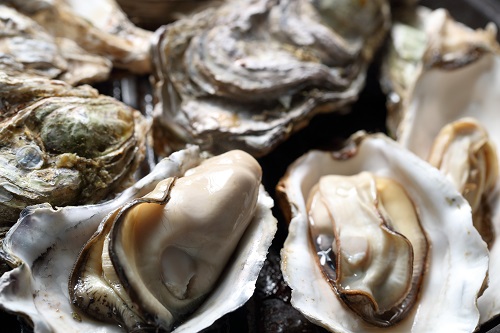
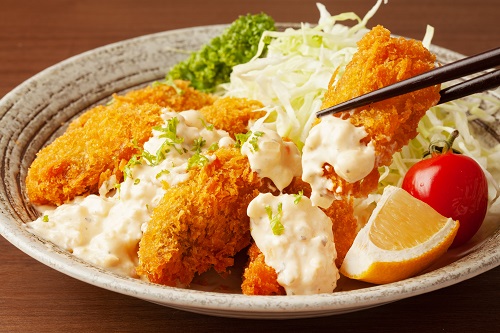
3. Yamaguchi Prefecture – Spring Blessings from the Mountains
When it comes to spring flavors in Yamaguchi Prefecture, bamboo shoots are highly recommended! As spring arrives, you can enjoy dishes made with fresh bamboo shoots all over Yamaguchi. The appeal lies in the variety of cooking methods – from bamboo shoot rice and tempura to miso-stewed bamboo shoots. You can also find fresh bamboo shoots and processed products at roadside stations and local supermarkets. During your spring trip to Yamaguchi, be sure to taste the local, fresh bamboo shoots!
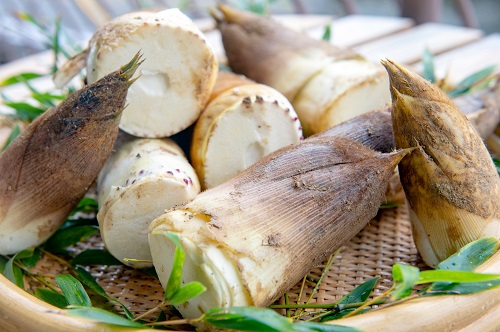
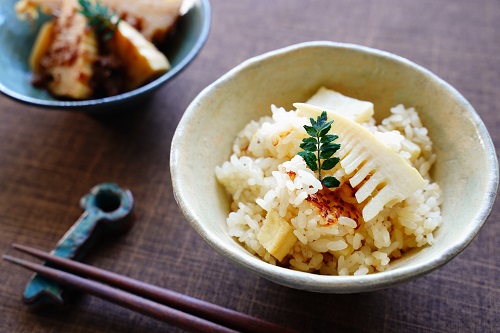
4. Shimane Prefecture – Bounty of Lake Shinji
The “shijimi” clams from Lake Shinji in Shimane Prefecture are especially delicious in spring. Before spawning season, the clams are larger and have a higher nutritional value. While shijimi soup is a classic, other popular dishes include shijimi rice and shijimi pasta. You can enjoy fresh shijimi dishes at restaurants around Lake Shinji. Savoring shijimi soup while watching the sunset could be the perfect spring memory.
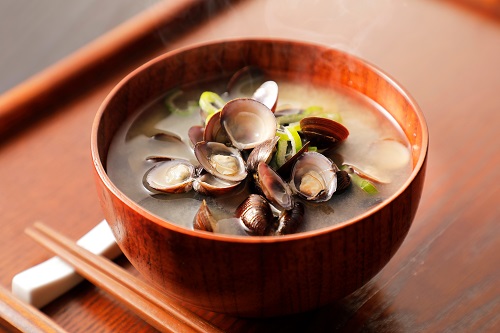

5. Tottori Prefecture – Spring Flavors from the Land of Sand Dunes
When it comes to spring in Tottori Prefecture, “rakkyo” (pickled scallions) come to mind. These scallions, which grow tough enduring the harsh winds of the Sea of Japan, are pale, firm, and characterized by their crisp texture and mild spiciness. There are various ways to enjoy them: raw in salads, pickled in sweet vinegar, or as tempura. Pickled rakkyo is a popular souvenir item in Tottori’s gift shops. While visiting the sand dunes, be sure to give them a try.
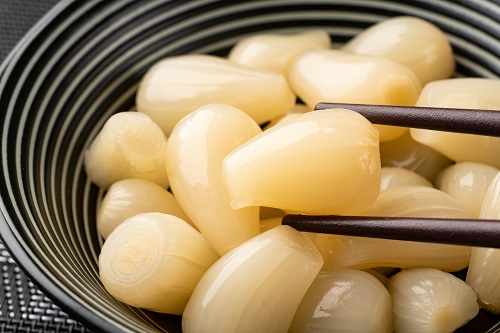
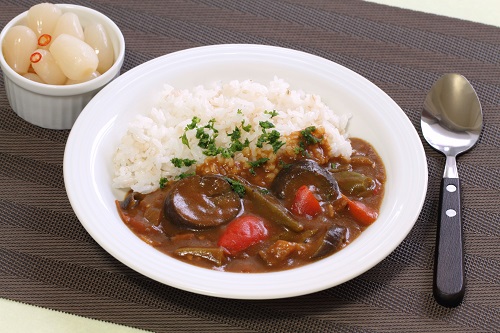
6. Kagawa Prefecture – King of the Spring Sea
When it comes to spring flavors in Kagawa Prefecture, “sawara” (Spanish mackerel) is the star! Caught in the Seto Inland Sea, sawara is in season from April to June. Known for its tender flesh and refined taste without any strong flavor, it’s also called the “spring-heralding fish”. Sawara is delicious as sashimi or grilled with salt, but the pressed sushi is absolutely exquisite. Don’t miss the chance to taste this blessing from the Seto Inland Sea!
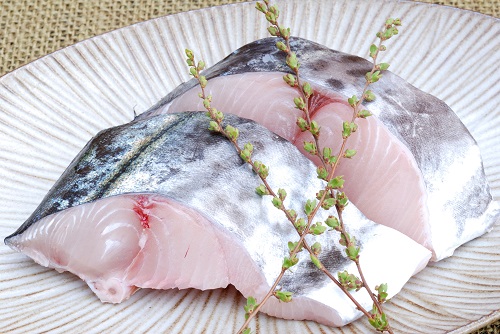
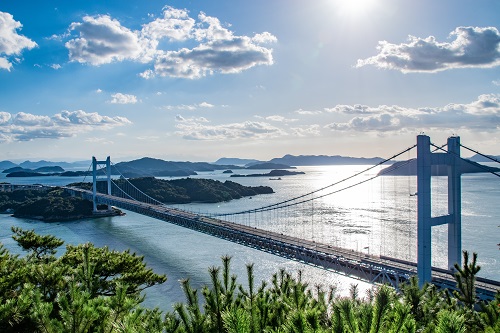
7. Tokushima Prefecture – Spring Classics Found Here
Tokushima Prefecture’s “Naruto wakame” is a quintessential early spring delicacy. Growing in the strong currents of the Naruto Strait, it develops a unique flexibility and firmness. There are many ways to enjoy it: in fresh wakame salads, as tempura, or in wakame udon. Savor the fresh wakame and fully experience the spring of Tokushima.
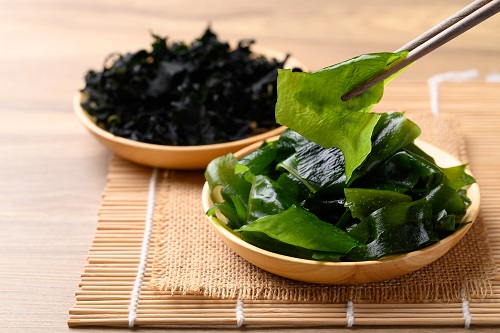
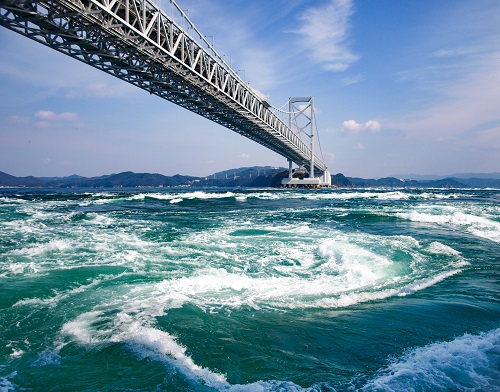
8. Kochi Prefecture – Relishing the First Bonito
In Kochi Prefecture, “hatsu-gatsuo” (first bonito of the season) becomes incredibly popular in spring. Compared to returning bonito, hatsu-gatsuo has firmer flesh, less fat, and a milder fishy smell, making it more palatable. The Kochi way to enjoy this light-tasting fish is as tataki (seared bonito). The unique smoky flavor from searing it over straw is irresistible. At Hirome Market in Kochi City, you can enjoy a variety of dishes made with fresh hatsu-gatsuo. Don’t miss this chance to taste Kochi’s spring delicacy!
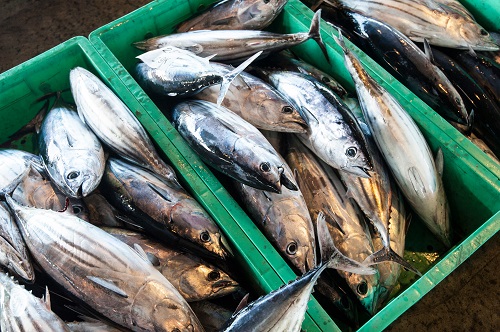
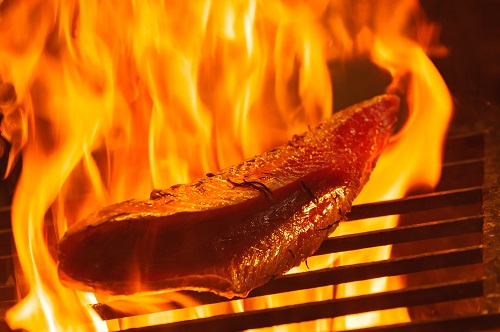
9. Ehime Prefecture – Spring Scented with Citrus
Ehime Prefecture’s “Iyokan” citrus is at its most delicious in spring. Also known as fully-ripened Iyokan, it has a milder taste with less acidity. While eating it fresh is great, processed products like jellies, juices, and sweets are also popular. Around Dogo Onsen in Matsuyama City, you can find cafes offering Iyokan-based desserts. Enjoy the spring in Ehime with a perfect combination of hot springs and Iyokan!
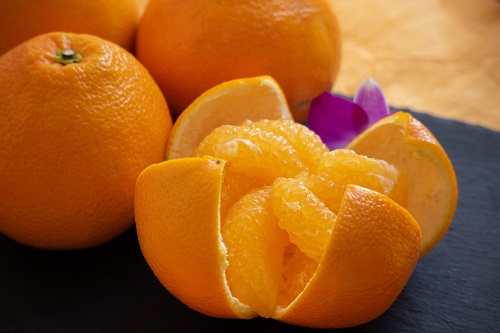
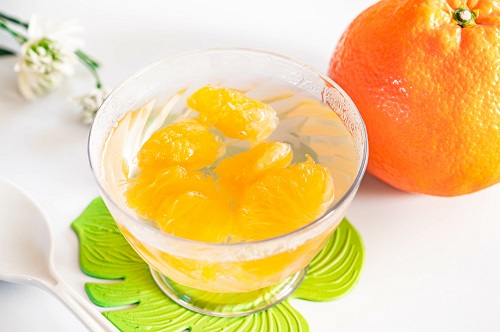
10. Conclusion
How did you like that? The Chugoku and Shikoku regions have many delicious foods unique to spring. Each prefecture has its own distinctive flavors, all of which are appealing:
– Okayama’s Muscat grapes
– Hiroshima’s spring oysters
– Yamaguchi’s bamboo shoots
– Shimane’s Lake Shinji clams
– Tottori’s rakkyo (pickled scallions)
– Kagawa’s sawara (Spanish mackerel)
– Tokushima’s Naruto wakame
– Kochi’s first bonito of the season
– Ehime’s Iyokan citrus
When you travel, be sure to enjoy these local spring delicacies. Savor the spring flavors of Japan as you go on your culinary adventure, and create many delicious memories! Your spring trip will surely be more enjoyable with these tastes!

